Filter by
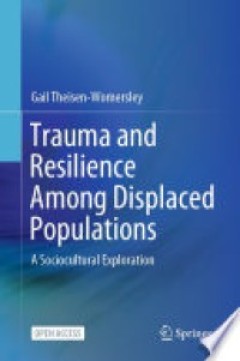
Trauma and Resilience Among Displaced Populations : A Sociocultural Exploration
This open access book provides an enriched understanding of historical, collective, cultural, and identity-related trauma, emphasising the social and political location of human subjects. It therefore presents a socio-ecological perspective on trauma, rather than viewing displaced individuals as traumatised “passive victims”. The vastness of the phenomenon of trauma among displaced populati…
- Edition
- 1
- ISBN/ISSN
- 9783030677121
- Collation
- XII, 305
- Series Title
- -
- Call Number
- 300

Fluorescence Studies of Polymer Containing Systems
This volume describes the application of fluorescence spectroscopy in polymer research. The first chapters outline the basic principles of the conformational and dynamic behavior of polymers and review the problems of polymer self-assembly. Subsequent chapters introduce the theoretical principles of advanced fluorescence methods and typical examples of their application in polymer science. The …
- Edition
- 1
- ISBN/ISSN
- 978-3-319-26788-3
- Collation
- Fisika
- Series Title
- Springer Series on Fluorescence
- Call Number
- 530

Understanding and Managing Urban Water in Transition
This book examines changes and transitions in the way water is managed in urban environments. This book originated from a joint French-Australian initiative on water and land management held in Montpellier, France. The book delivers practical insights into urban water management. It links scientific insights of researchers with the practical experiences of urban water practitioners to understan…
- Edition
- -
- ISBN/ISSN
- 978-94-017-9801-3
- Collation
- -
- Series Title
- -
- Call Number
- -

Understanding Auctions
In recent years, auctions have become an important field and many markets have designed new and sophisticated auction models to assign different types of items. The prime goal of this book is to set an organized classification of the main auction mechanisms in a way that readers can understand the importance of auction design and the advantages and drawbacks of each model. Given the relevance o…
- Edition
- -
- ISBN/ISSN
- 978-3-319-08813-6
- Collation
- -
- Series Title
- -
- Call Number
- -

Improving Infrared-Based Precipitation Retrieval Algorithms Using Multi-Spect…
This thesis transforms satellite precipitation estimation through the integration of a multi-sensor, multi-channel approach to current precipitation estimation algorithms, and provides more accurate readings of precipitation data from space. Using satellite data to estimate precipitation from space overcomes the limitation of ground-based observations in terms of availability over remote are…
- Edition
- -
- ISBN/ISSN
- 978-3-319-12080-5
- Collation
- XXI, 68
- Series Title
- -
- Call Number
- 551 NAS i
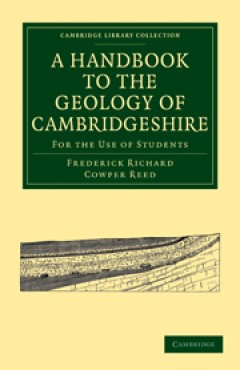
A Handbook to the Geology of Cambridgeshire For the Use of Students
Beneath Cambridgeshire's towns, villages, farmland, hills, fens and waterways lie the rocks that display a variety of geological landscapes. Basement rocks are buried under sandy deposits from ancient tropical seas. The rising and tilting of the land due to large-scale movements permitted water flows that produced gradual alterations. Glaciation, erosion and dramatic variations in climate all w…
- Edition
- -
- ISBN/ISSN
- 9780511693410
- Collation
- -
- Series Title
- -
- Call Number
- -
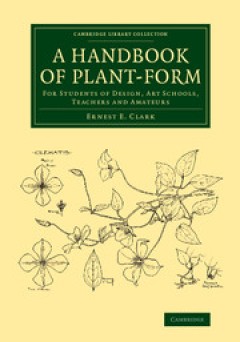
A Handbook of Plant-Form For Students of Design, Art Schools, Teachers and A…
Written and richly illustrated by the Derby-born artist Ernest Ellis Clark (1869–1932), this guide was originally published in 1904 to demonstrate the decorative possibilities of certain plants, mainly English wild flowers, to art students sitting examinations in plant drawing and design. Clark emphasises the importance of retaining a certain amount of botanical accuracy and provides examples…
- Edition
- -
- ISBN/ISSN
- 9781107262225
- Collation
- -
- Series Title
- Cambridge Library Collection - Botany and Horticulture
- Call Number
- -
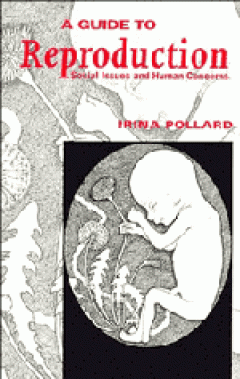
A Guide to Reproduction Social Issues and Human Concerns
The purpose of this comprehensive text is to increase awareness of human reproduction and its consequences. The central theme links reproductive capacity, the social consequences of the multiple stresses this places on the environment and the ways this relates back to the reproductive health of humans and other animals. In the first section, the biology of human reproduction is discussed, inclu…
- Edition
- -
- ISBN/ISSN
- 9780511608582
- Collation
- -
- Series Title
- -
- Call Number
- -
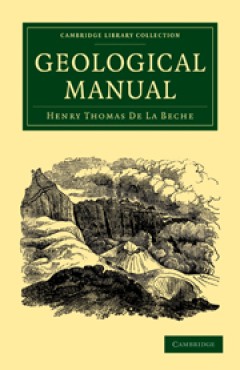
A Geological Manual
Henry De la Beche (1796–1855) was a geologist who published widely on various aspects of this science and was elected to the Royal Society in 1823. He was involved with the Ordnance Survey maps of Britain, and became president of the Geological Society in 1847. De la Beche was also instrumental in the 1851 opening of two influential institutions: the Museum of Practical Geology and the School…
- Edition
- -
- ISBN/ISSN
- 9780511973307
- Collation
- -
- Series Title
- -
- Call Number
- -

A Geologic Time Scale 2004
An international team of over forty stratigraphic experts have helped to build the most up-to-date international stratigraphic framework for the Precambrian and Phanerozoic. This successor to A Geologic Time Scale 1989 by W. Brian Harland et al. (CUP 0521 387655) begins with an introduction to the theory and methodology behind the construction of the new time scale. The main part of the book is…
- Edition
- -
- ISBN/ISSN
- 9780511536045
- Collation
- -
- Series Title
- -
- Call Number
- -
 Computer Science, Information & General Works
Computer Science, Information & General Works  Philosophy & Psychology
Philosophy & Psychology  Religion
Religion  Social Sciences
Social Sciences  Language
Language  Pure Science
Pure Science  Applied Sciences
Applied Sciences  Art & Recreation
Art & Recreation  Literature
Literature  History & Geography
History & Geography